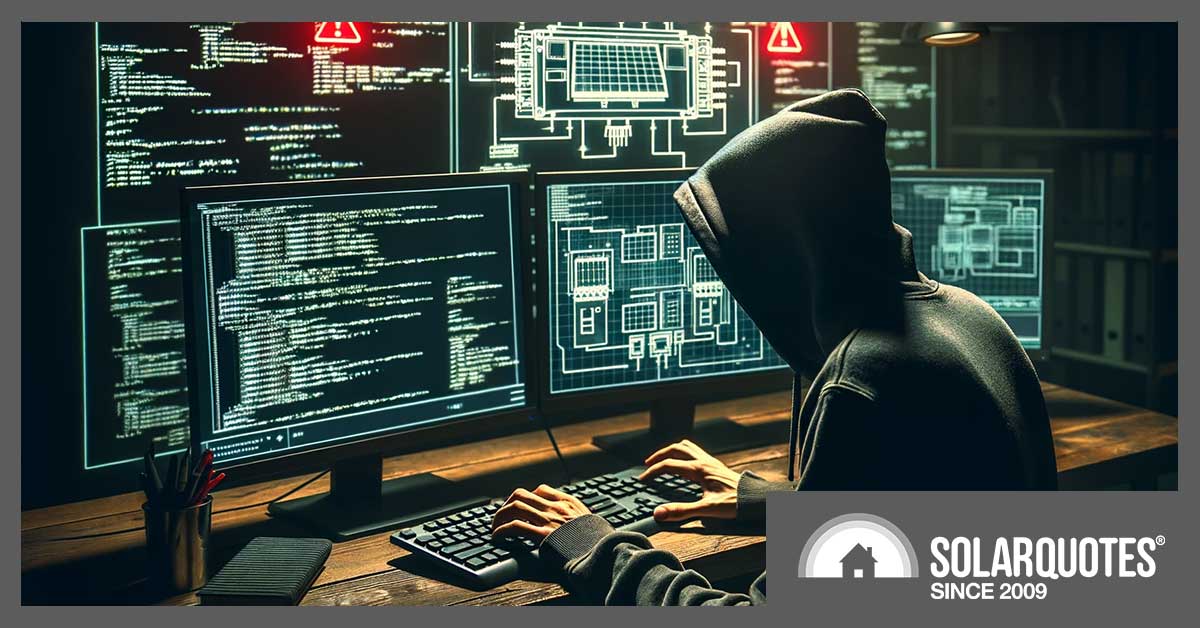
While political China-baiting in the solar market continues unabated, we learned last week that the government is moving ahead on the security of internet-connected inverters.
That news came in Senate Estimates, when Liberal senator Hollie Hughes pursued the line taken by MP James Paterson earlier this year when he warned that Chinese inverters posed a risk to Australia’s energy security.
Senator Hughes asked the Department of Climate Change, Energy, the Environment and Water (DCCEEW), “What is being done to ensure that we have sovereignty and that our sovereign risk is protected when it comes to our energy markets?”
Martin Squire, who heads the DCCEEW’s Energy Security, Crisis Response and GEMS Branch, said the department was “well aware” of security risks to inverters, and that the government had funded security work in the budget last October.
In that project, Squire said, DCCEEW tasked Standards Australia with preparing a standards assessment project.
Movement is due soon, apparently:
“Standards Australia are currently in the process of finalising that report for the department, and then we’ll be in a position to move forward with a standards development proposal with Standards Australia in terms of additional cyber standards for [rooftop] inverters”, Squire said.
DCEEW secretary David Fredericks added that DCEEWW is also working with the Department of Home Affairs on cyber security, because “the energy sector is a named critical piece of infrastructure.”
Squire also said the department is working to mitigate risks to the AEMO from an attack launched via inverters.
That was highlighted in this August report (pdf) by the Cybersecurity CRC.
The CRC warned that inverter misuse could result in “incorrect signals” being sent to the AEMO.
“We’re in early-stage discussions with the Australian Energy Market Operator about a potential technical solution that could be applied in the event that there is a successful cyberattack on rooftop inverters to restore functionality and stability to the grid.”

 RSS - Posts
RSS - Posts



Speak Your Mind